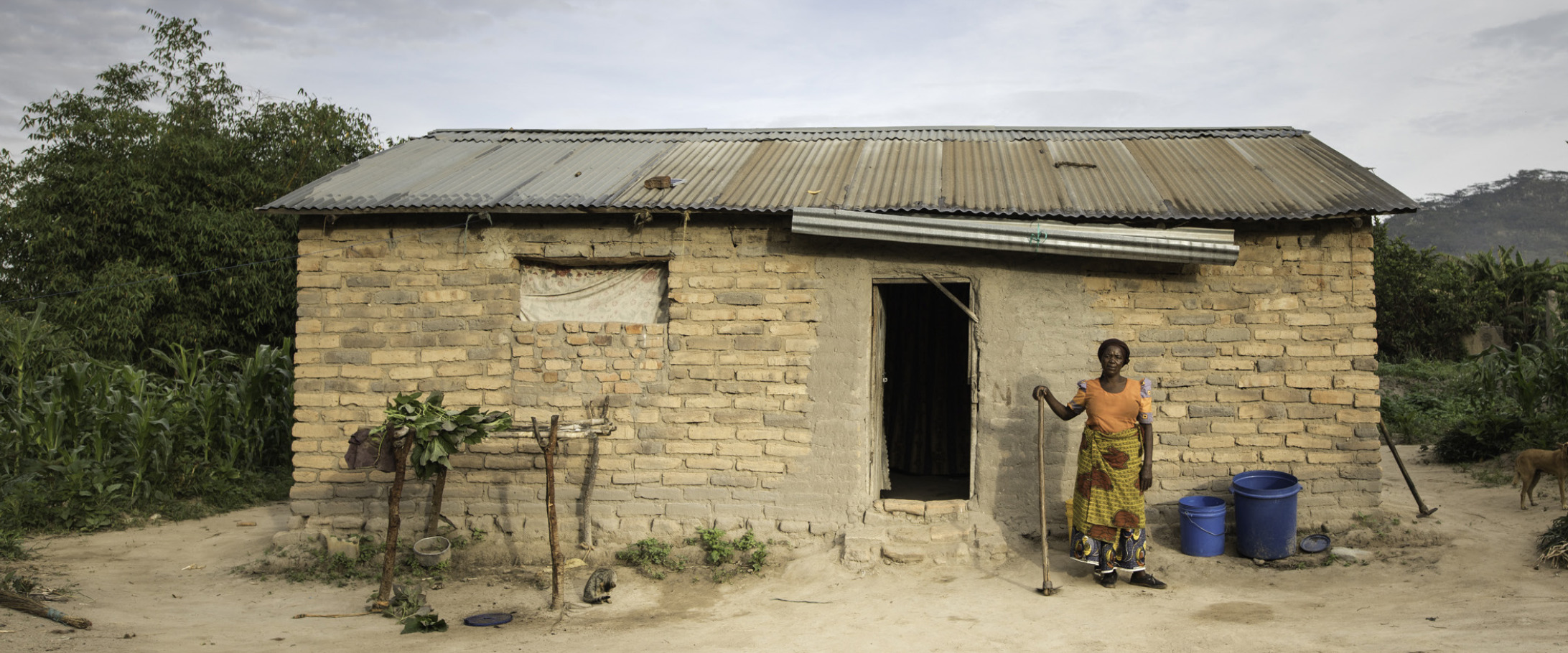By Giselle Hall, CARE International, Vanuatu
A few years ago, the UN gave Vanuatu the undesirable title of “Country with the greatest risk of natural disaster”, with 80 per cent of land mass vulnerable to hazards such as cyclones, earthquakes and landslides. Here, CARE’s Giselle Hall explains how disaster risk reduction work is helping to combat these vulnerabilities.
“I was looking for my child. She’s somewhere around here … I was searching at the shop, at the beach … but we had a cyclone, we were in red alert, and when I was there I was looking but the waves were really big … Then one of the big waves swept me away and I was drowned. The tide took me somewhere up to the end of the beach where the boats are usually pulled up. I was drowned … people came to save me, but I was dead.”
Josiane is laughing as she tells me this. We’re sitting on the ground outside her house, with her two little girls asleep inside. This time, the cyclone she’s describing wasn’t real: it was part of a simulation drill exercise conducted in her village this morning. But the threat of cyclones, tsunamis and other natural disasters is very real and quite palpable in places like this village. Pesena (on the island of Santo in Vanuatu) is in a low-lying area near the sea, and from Josiane’s house we can see and hear the waves crashing against the rocky beach.
It’s a beautiful place, with coconut trees lining the shore and taro, wild yam, bananas, pawpaw, sugar cane and cacao growing up in the hills. But living in such a remote location presents major challenges. The family relies on growing crops (mainly taro) to make a living, and getting to town to sell their produce is very difficult and expensive. Natural disasters also threaten the family’s livelihood. “A previous cyclone buried all the gardens in this community,” says Josiane, “and when there’s a lot of rain, there are landslides in the hills and it buries part of our garden, or removes part of our taro patch”.
Recently elected as the second female chief in her village, twenty-seven-year-old Josiane sees natural disasters as “a threat to the community and my family as well. My greatest fear as a chief is that I’m scared to lose my people in a disaster. And as a mother, I’m scared because my children … if I lost one of my children I’ll never have that child back, she’s gone.’ The risks are very real: villages in the island nation of Vanuatu (located on the Pacific rim of fire) are highly vulnerable to a range of natural disasters, including volcanic eruptions, earthquakes, tsunamis, floods and cyclones. They are a part of life here, and as Josiane says, ‘We’re frightened, but we can’t stop them.”
The community can’t stop natural disasters. But there is a lot they can do and are doing to decrease the impact these disasters have on their communities. Pesena has a Community Disaster Commmittee (CDC), which Josiane is a member of. Its role is to take the lead on preparing for and responding to disasters in the community. With support from CARE International in Vanuatu, the Pesena CDC has conducted a community risk assessment and developed a community response plan for three major hazards: cyclones, flooding, and earthquakes/tsunamis. These activities, as well as today’s drill exercise, are part of CARE’s Disaster Risk Reduction project Yumi Redi/Be better Prepared, funded by DIPECHO and AusAID. Pesena is one of 19 communities across four islands that CARE works with through this project.
“What CARE did when they came was they really help us to really know about the disasters. They help us to prepare before a disaster comes – a cyclone or something like that – so that we already know what to do. They help people to understand and know what’s their role, what to do in preparedness for any hazard that may come into the community.”
The purpose of today’s drill exercise was to give the Community Disaster Committee (CDC) and other community members an opportunity to practice how to prepare for and respond to the different alert stages (blue, yellow and red) of a disaster. It was an exciting event that the whole village got involved in, and it was a lot of fun. But even in the midst of it, it was difficult to forget that this scenario could so easily be real.
Tomorrow the CARE team is leaving. Early in the morning we’ll step off the rocky beach into a boat, and we’ll watch as the village disappears into the distance. When the cyclone season begins, we won’t be here. We won’t be here for the next one, or the one after that. But with community leaders like Josiane, and the training and preparations they’ve done, I have confidence that the community will be able to prepare for and respond to a disaster.
